When you hug a stuffed toy, it feels soft, comforting, and full of life—but have you ever stopped to wonder what’s really inside? The filling of a plush toy isn’t just fluff; it’s the heart of what gives the toy its shape, weight, and huggability. Choosing the right stuffing material impacts everything from safety and durability to eco-friendliness and tactile experience. In this guide, we answer the big question: what do you put inside a stuffed toy? The answer involves a variety of materials such as polyester fiberfill, beans, natural fibers, and even weighted beads, all chosen based on quality, safety, and sustainability considerations.
Imagine a child clutching a teddy bear so soft it instantly soothes fears or a cartoon plush that keeps its shape after years of adventures. Behind that magic lies a careful selection of stuffing materials crafted to balance feel, safety, and durability. Ready to dive deeper into the secrets behind the stuffing? Let’s get started.
1. What Are the Most Common Filling Materials Used Inside Stuffed Toys?
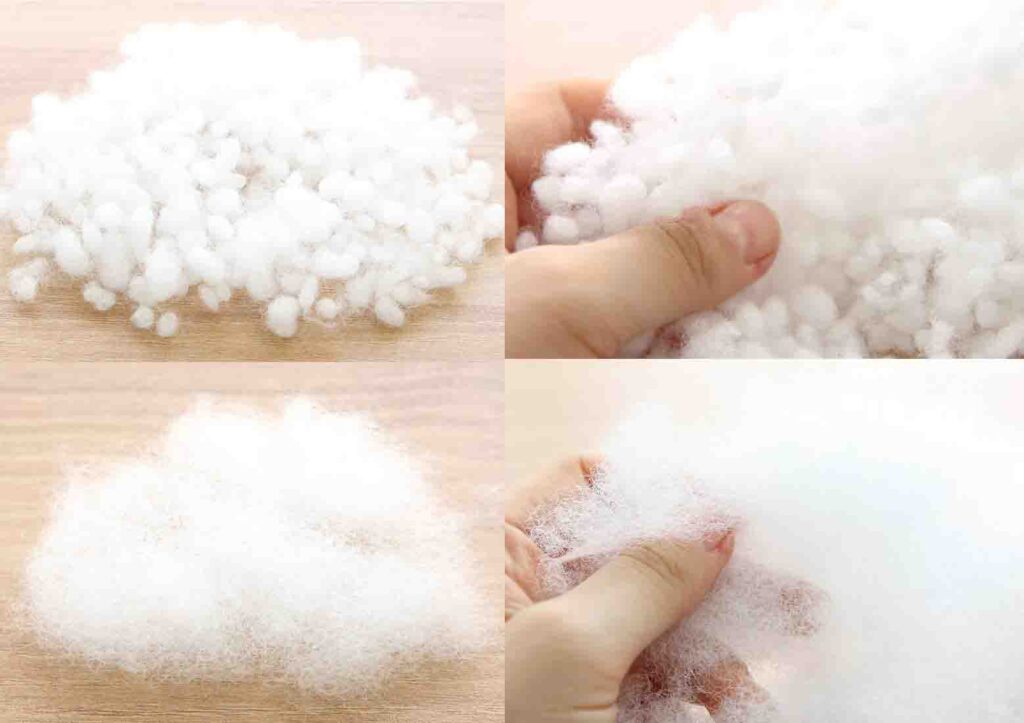
The most popular filling materials include polyester fiberfill, cotton, plastic pellets, beans, and natural fillers like wool, each bringing unique softness, weight, and resilience.
- Polyester Fiberfill: The industry standard for plush toys due to its lightweight, fluffy texture and affordability. It offers excellent shape retention and is hypoallergenic, making it a safe choice for most children.
- Cotton: Natural and breathable, cotton filling adds softness but tends to compress over time, requiring more frequent fluffing.
- Plastic Pellets or Beads: Used to add weight and structure, especially in “bean bag” style toys. They provide sensory appeal but can pose choking hazards if not well-encased.
- Beans or Rice: Natural fillers sometimes used for sensory or weighted toys. They offer a unique tactile experience but absorb moisture and are prone to pests, making them less durable.
- Wool or Natural Fibers: Eco-friendly options that provide warmth and firmness but may trigger allergies in sensitive children.
- Combination Fillings: Some toys mix materials, such as fiberfill with pellets, to balance softness and weight.
| Filling Material | Weight | Softness | Durability | Safety | Cost |
|---|---|---|---|---|---|
| Polyester Fiberfill | Light | Very Soft | High | Hypoallergenic | Low |
| Cotton | Medium | Soft | Medium | Natural | Medium |
| Plastic Pellets | Medium | Firm | High | Moderate (encasement needed) | Low |
| Beans/Rice | Medium | Firm | Low | Low (moisture risk) | Low |
| Wool | Medium | Firm | Medium | Allergy risk | High |
Choosing the right filler depends on the toy’s purpose, target age, and budget. For instance, plush toys designed for toddlers lean heavily on soft polyester fiberfill for safety and ease of care.
2. Which Filling Materials Are Safe and Non-Toxic for Children’s Plush Toys?
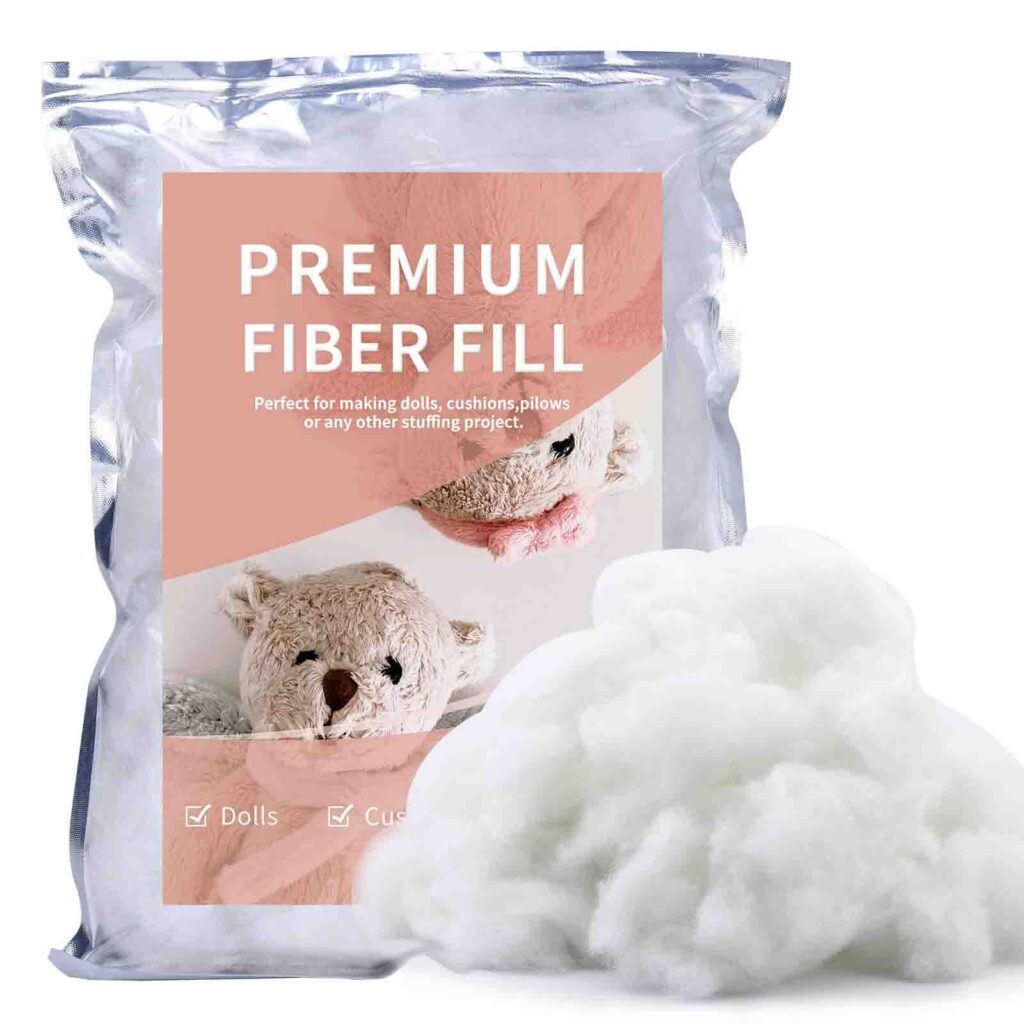
Safe stuffed toy fillings must be non-toxic, hypoallergenic, and compliant with international safety standards like ASTM F963 and EN71.
- Safety Certifications: Stuffing materials should pass strict safety tests covering flammability, chemical composition, and choking hazards.
- Hypoallergenic Fillings: Polyester fiberfill is widely accepted as safe for children with allergies. Natural fillers may need additional testing.
- Avoiding Small Fillings: Tiny beads or pellets must be securely enclosed to prevent ingestion by small children.
- Non-Toxic Treatments: Fillers should be free from harmful dyes, flame retardants, and heavy metals.
- Quality Control: Suppliers must provide Material Safety Data Sheets (MSDS) and comply with toy safety regulations.
Manufacturers must ensure every batch of stuffing meets these standards through rigorous testing and certification. Parents should look for toys with clear labeling about stuffing safety.
| Safety Aspect | Description |
|---|---|
| Safety Certifications | Must pass tests for flammability, chemical safety, and choking hazards (e.g., ASTM F963, EN71) |
| Hypoallergenic Fillings | Polyester fiberfill is safe for allergies; natural fillers require additional testing |
| Avoiding Small Fillings | Small beads or pellets must be securely enclosed to prevent ingestion |
| Non-Toxic Treatments | Fillers must be free from harmful dyes, flame retardants, and heavy metals |
| Quality Control | Suppliers must provide Material Safety Data Sheets (MSDS) and comply with safety regulations |
3. How Do Different Stuffing Materials Affect the Durability and Feel of a Stuffed Toy?
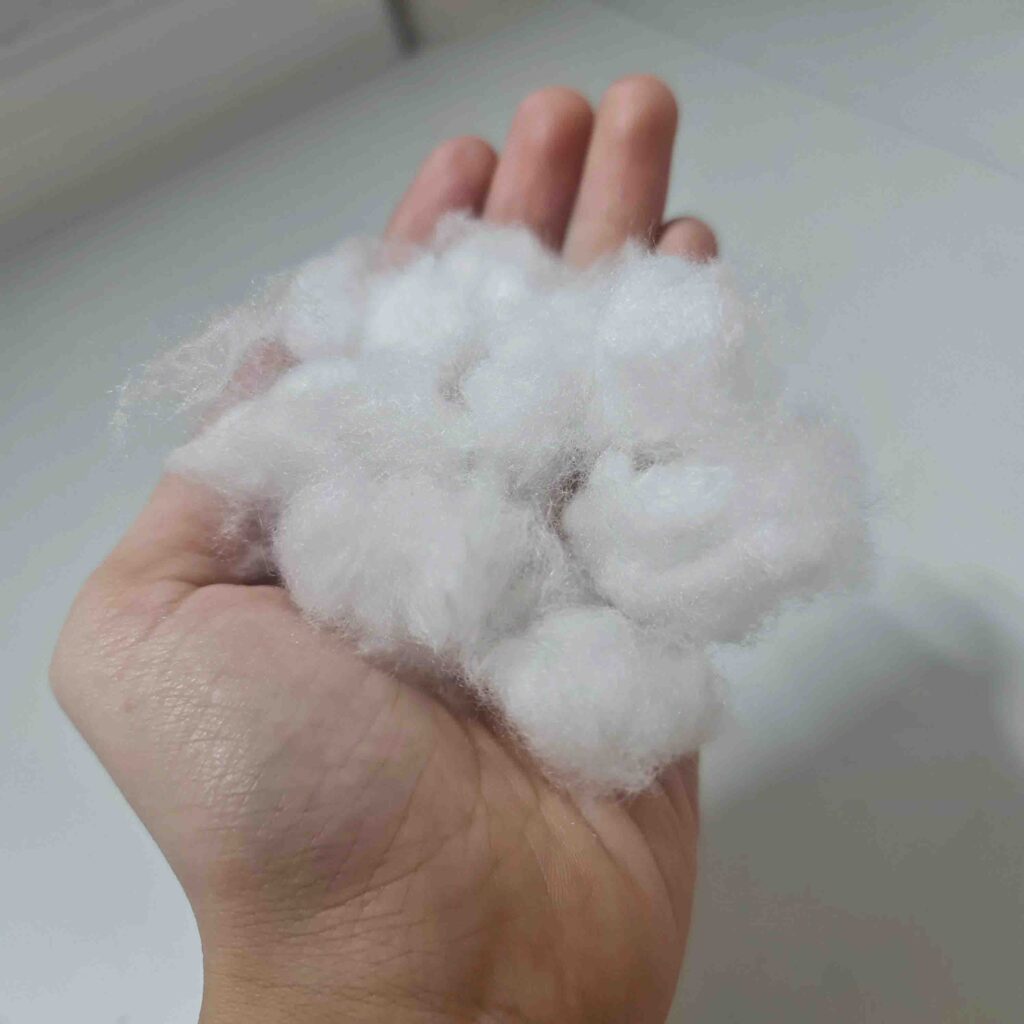
Stuffing choice greatly impacts how a toy feels, lasts, and performs under daily wear.
- Softness and Comfort: Polyester fiberfill provides plush softness, making toys cuddly and comforting.
- Shape Retention: Fillings like plastic pellets add weight, helping toys hold their shape longer but feel firmer.
- Compression Over Time: Natural fillers like cotton or wool may flatten faster, requiring reshaping or restuffing.
- Washability: Synthetic fillings often tolerate machine washing better than natural fibers, which can clump or shrink.
- Longevity: Durable fillers resist mold, dust mites, and breakage, extending a toy’s lifespan.
For example, a child’s favorite plush that’s hugged daily will benefit from resilient polyester fiberfill combined with a pellet core for balanced softness and structure.
| Aspect | Effect on Stuffed Toy |
|---|---|
| Softness and Comfort | Polyester fiberfill offers plush softness, making toys cuddly and comforting |
| Shape Retention | Plastic pellets add weight, helping toys keep shape longer but feel firmer |
| Compression Over Time | Natural fillers like cotton or wool may flatten faster, needing reshaping or restuffing |
| Washability | Synthetic fillings handle machine washing better; natural fibers may clump or shrink |
| Longevity | Durable fillers resist mold, dust mites, and breakage, extending the toy’s lifespan |
4. Is It Possible to Use Eco-Friendly or Sustainable Materials for Stuffed Toy Fillings?
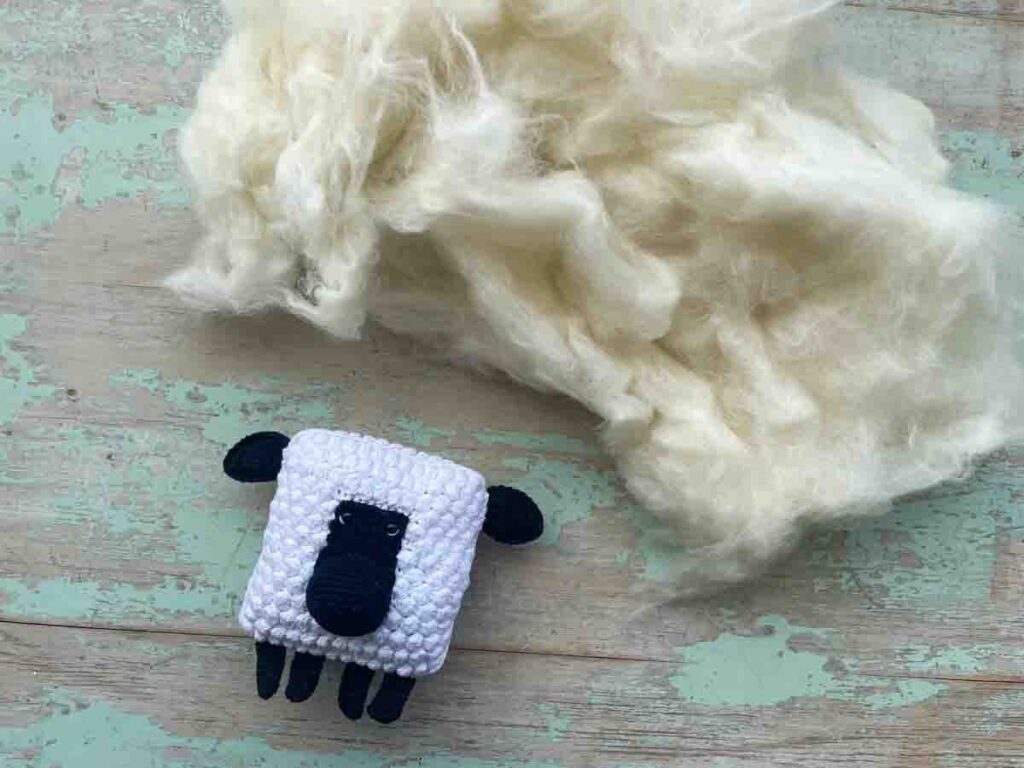
Yes! Sustainability is reshaping stuffed toy production with biodegradable, recycled, and organic filling options.
- Recycled Polyester Fiberfill: Made from recycled plastic bottles, it reduces environmental impact while maintaining softness.
- Organic Cotton and Wool: Grown without pesticides and processed sustainably, these natural fibers appeal to eco-conscious consumers.
- Biodegradable Fillers: New innovations include corn-based bioplastics or plant-based foam alternatives.
- Certifications to Watch: Look for Global Organic Textile Standard (GOTS), OEKO-TEX, or similar labels ensuring ecological responsibility.
- Challenges: Natural and recycled materials sometimes cost more, may require special care, and need extra testing for safety compliance.
By adopting sustainable fillers, manufacturers show commitment to environmental stewardship while offering healthy, safe toys.
| Eco-Friendly Filling | Description |
|---|---|
| Recycled Polyester Fiberfill | Made from recycled plastic bottles; reduces environmental impact while maintaining softness |
| Organic Cotton and Wool | Grown without pesticides; processed sustainably; appeals to eco-conscious consumers |
| Biodegradable Fillers | Includes corn-based bioplastics and plant-based foam alternatives |
| Certifications to Watch | Look for GOTS, OEKO-TEX, and similar labels ensuring ecological responsibility |
| Challenges | Higher cost, special care requirements, and extra safety testing needed for compliance |
5. Do Specialty Fillings Like Weighted Beads or Scented Inserts Add Value or Functionality?
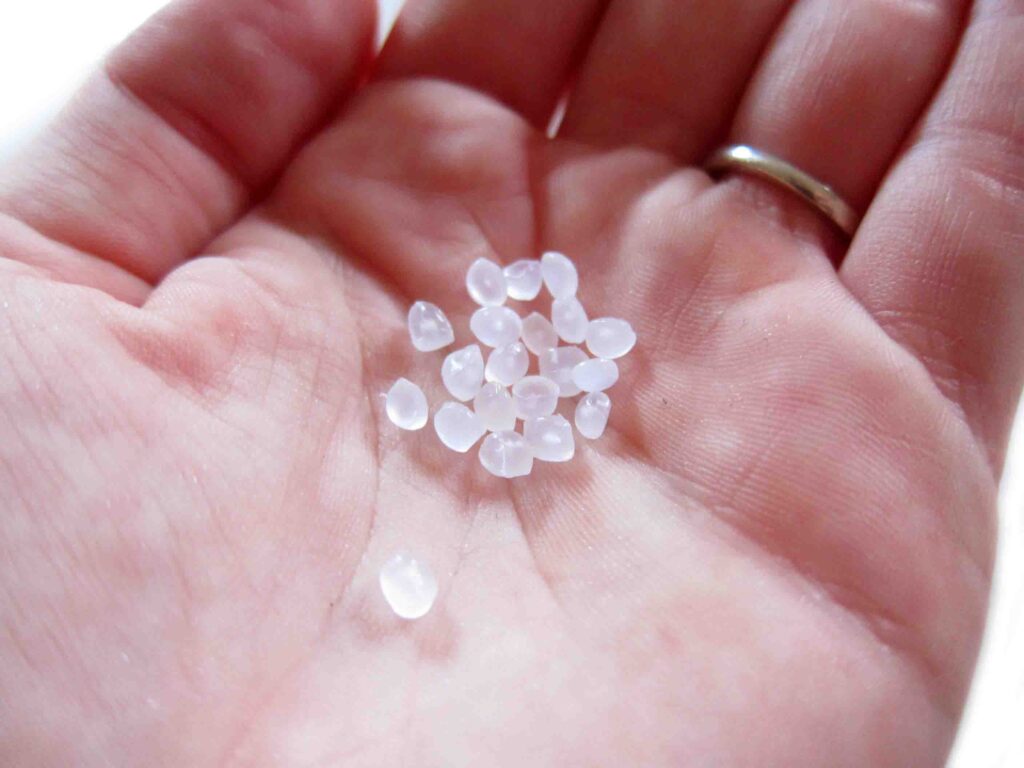
Specialty fillings bring sensory appeal, therapy benefits, and unique play experiences to stuffed toys.
- Weighted Beads: Often used in calming or therapeutic toys to provide soothing pressure, improving focus and relaxation.
- Scented Inserts: Infused with natural aromas like lavender, enhancing sensory engagement and promoting sleep.
- Textured Fillings: Some toys incorporate crinkle paper or beads to create sound and tactile variety.
- Risks and Precautions: These fillings must be securely enclosed and non-toxic to avoid choking or allergic reactions.
- Market Trends: Sensory and weighted toys are gaining popularity in educational and special needs markets.
Such innovations can differentiate your product line and cater to niche consumer demands.
| Specialty Filling | Value and Functionality |
|---|---|
| Weighted Beads | Provide soothing pressure in calming or therapeutic toys, aiding focus and relaxation |
| Scented Inserts | Infused with natural aromas like lavender to enhance sensory engagement and promote sleep |
| Textured Fillings | Include crinkle paper or beads to add sound and tactile variety |
| Risks and Precautions | Must be securely enclosed and non-toxic to prevent choking or allergic reactions |
| Market Trends | Growing demand in educational and special needs markets for sensory and weighted toys |
6. How Can Manufacturers Ensure Quality Control When Choosing Stuffing Materials?
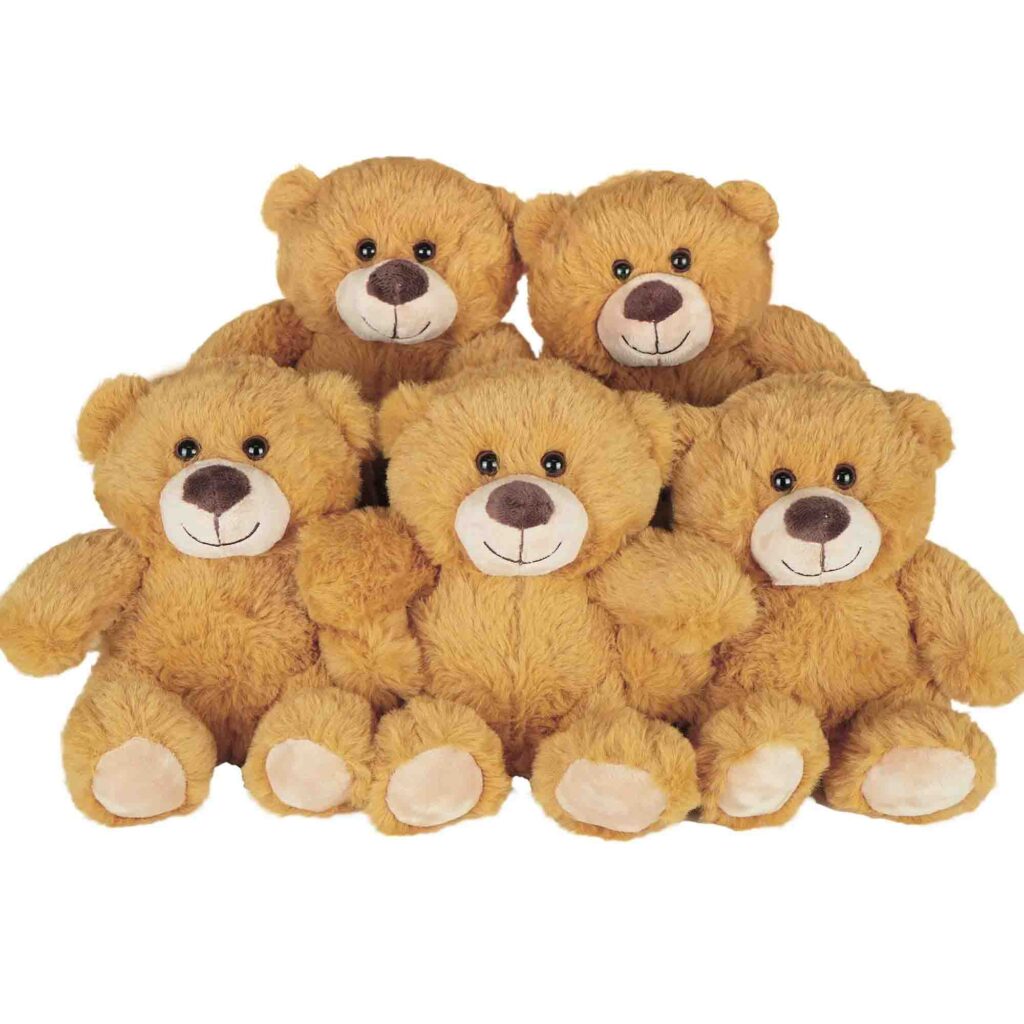
Quality control in stuffing selection is crucial to maintaining product excellence and customer trust.
- Supplier Verification: Work with trusted suppliers providing certifications and consistent product quality.
- Material Testing: Conduct regular lab tests for safety, durability, and compliance.
- Batch Inspections: Sample testing for contamination, weight consistency, and performance.
- Environmental Compliance: Ensure fillers meet international environmental and chemical safety laws.
- Documentation and Traceability: Keep detailed records to track raw materials through production.
- Continuous Improvement: Incorporate customer feedback and new research to refine stuffing choices.
Partner with experts like Kinwin to customize stuffing solutions that match your product vision and regulatory needs.
| Quality Control Aspect | Description |
|---|---|
| Supplier Verification | Collaborate with trusted suppliers who provide certifications and ensure consistent product quality |
| Material Testing | Perform regular lab tests for safety, durability, and regulatory compliance |
| Batch Inspections | Conduct sample tests for contamination, weight consistency, and performance |
| Environmental Compliance | Verify fillers meet international environmental and chemical safety regulations |
| Documentation & Traceability | Maintain detailed records tracking raw materials through production |
| Continuous Improvement | Use customer feedback and new research to refine stuffing selection |
Conclusion
Choosing the right stuffing inside a stuffed toy involves balancing softness, safety, durability, and sustainability. From classic polyester fiberfill to innovative eco-friendly alternatives and specialty sensory materials, every filling type plays a vital role in creating beloved plush companions. As a manufacturer committed to quality and environmental responsibility, selecting the perfect stuffing is key to delivering products that delight customers and stand the test of time.
If you’re interested in customizing stuffed toys with premium, safe, and sustainable fillings, contact Kinwin today to discuss tailored solutions that meet your specific needs and standards.




